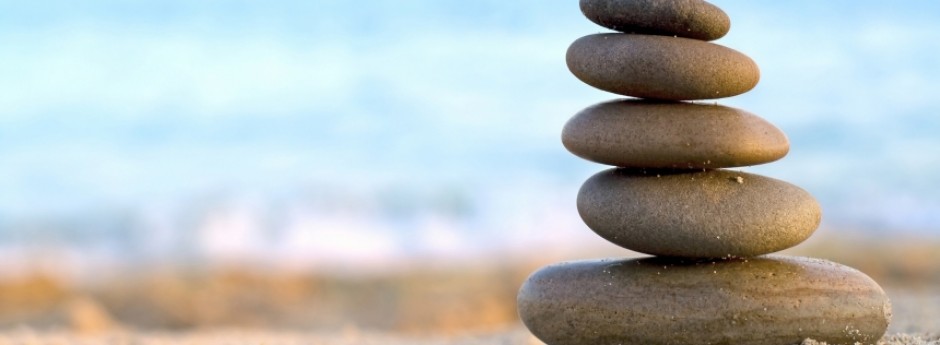In this piece Theodore Panayotou asks “Will the world be able to sustain economic growth indefinitely without running into resource constraints or despoiling the environment beyond repair?” (2003, 312). Some argue that economic growth is the quickest way to improve the environment. If people are making more income then there will be a higher demand for food which will lead to more efforts in improving the quality of environmental conservation. Others however, think that the conservation of the environment is not dependent on the development of a country. Panayotou introduces the Environmental Kuznets Curve which is an inverted U relationship between environmental degradation and economic growth. To begin, as development increases then so does environmental degradation and depletion of natural resources. However, at a certain point, once the economic growth continues then successfully conserving the environment becomes a higher priority to the local people. This implies that development initially causes environmental degradation but if a community waits it out and continues to develop eventually, it will turn around and their environment will be even better than before. However, there is always the possibility that the damage done to the environment will be too much for the area to rectify. It is a common belief of the western world that development and economic stability is the best way to improve the environment. This was the misconception in the Lesotho case. However, it is more important to consider the locals and their environment first before assuming that development projects are the best solution. If one goes straight to development projects and they do not succeed (because they haven’t considered the local environment and people) then there is even more damage done to the environment than before.
Economic Growth and the Environment
Panayotour, T. (2003). Economic Growth and the Environment. Economic Survey of Europe, 2, 45-72.
